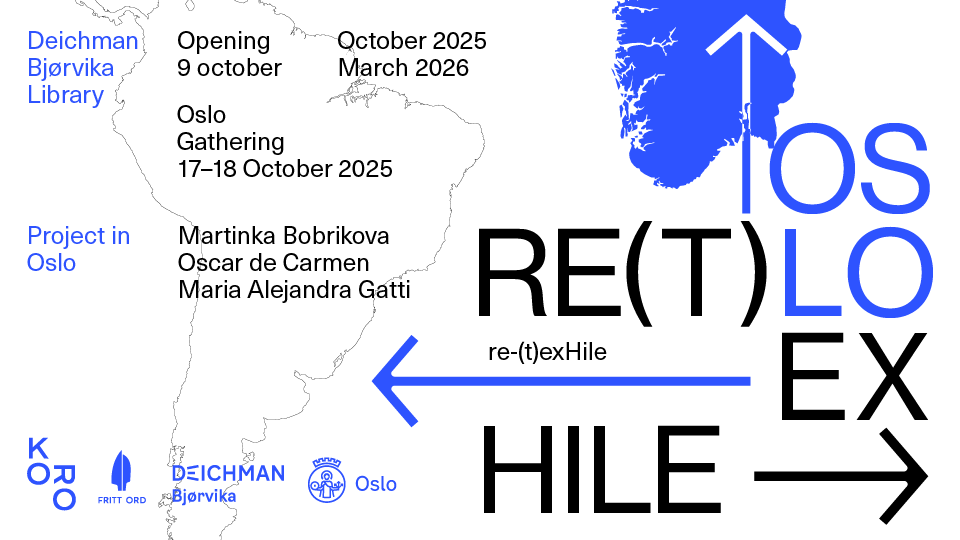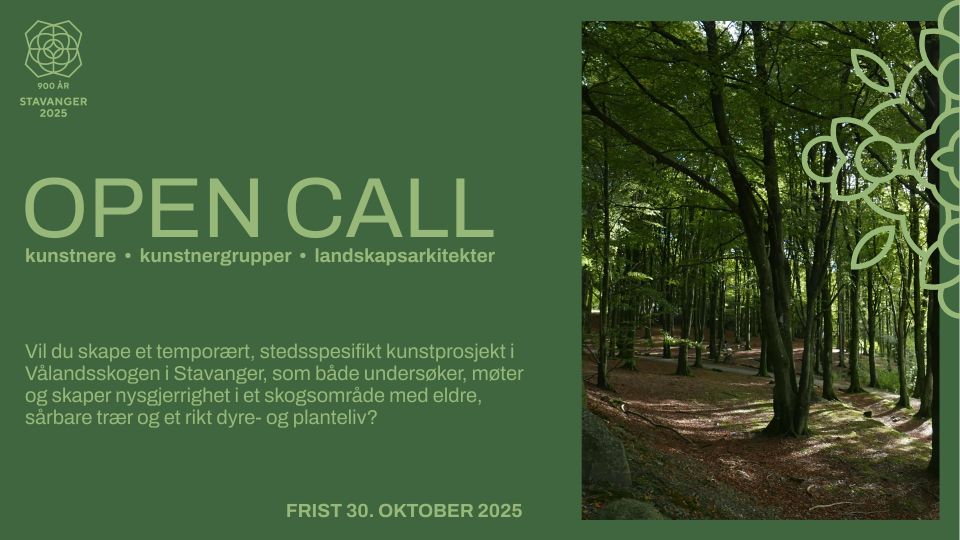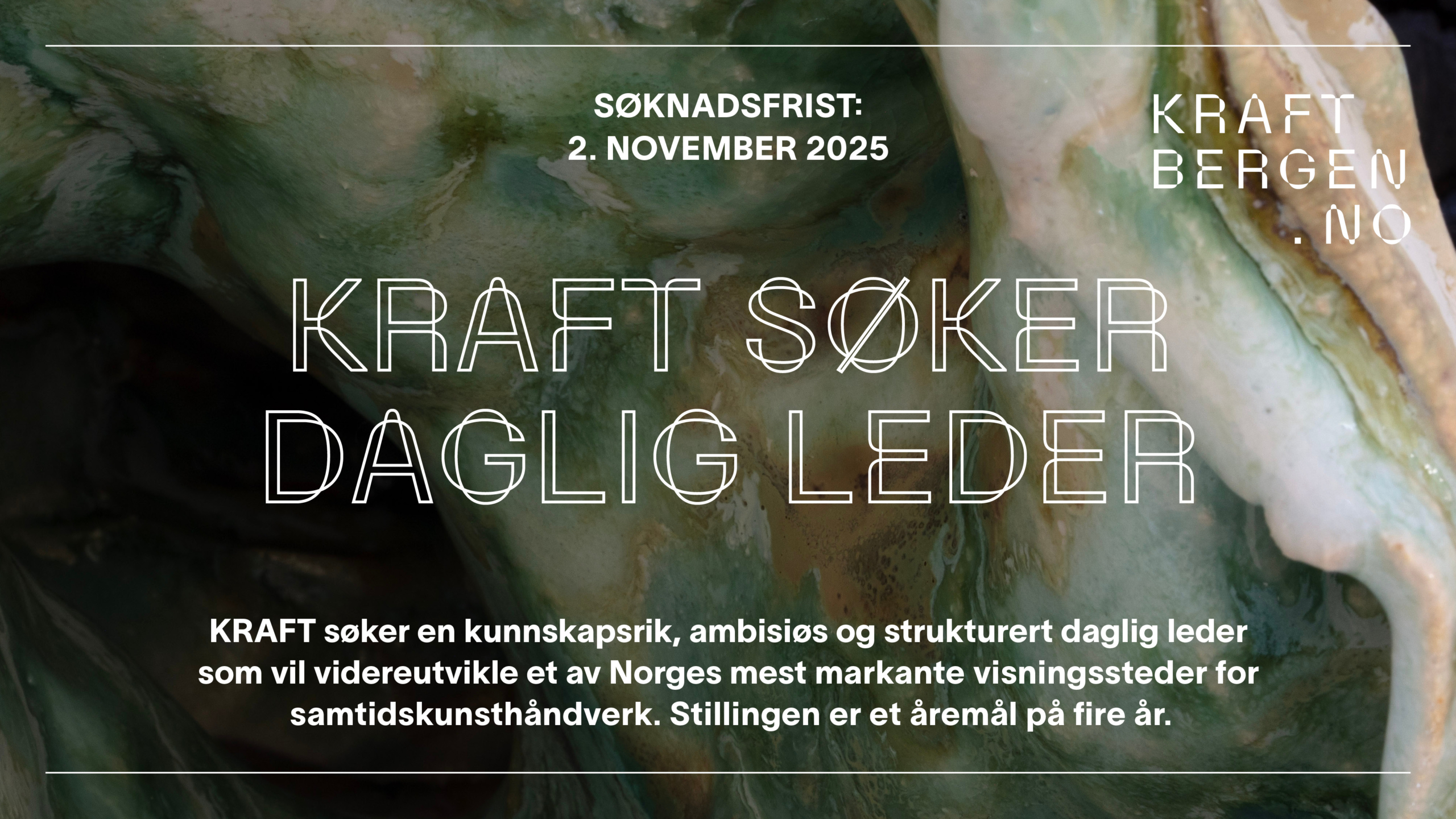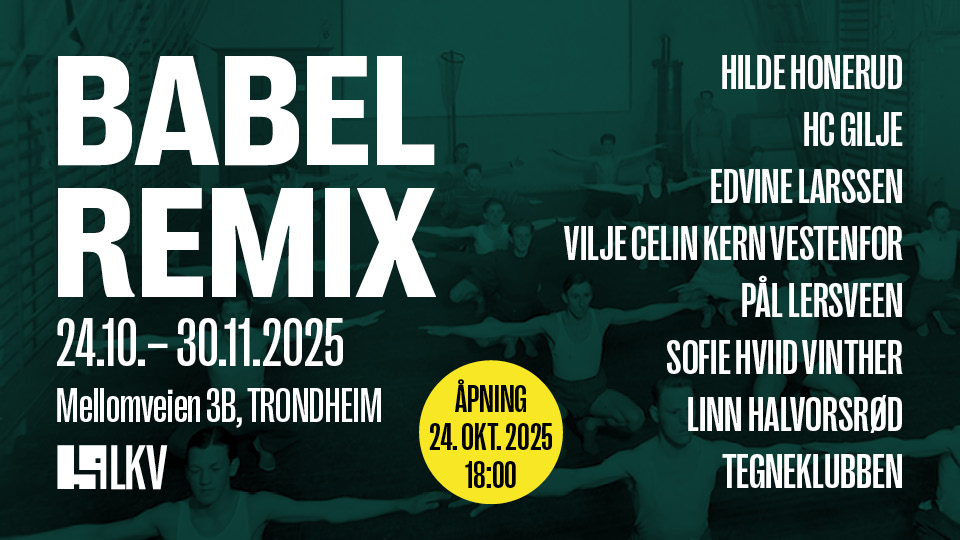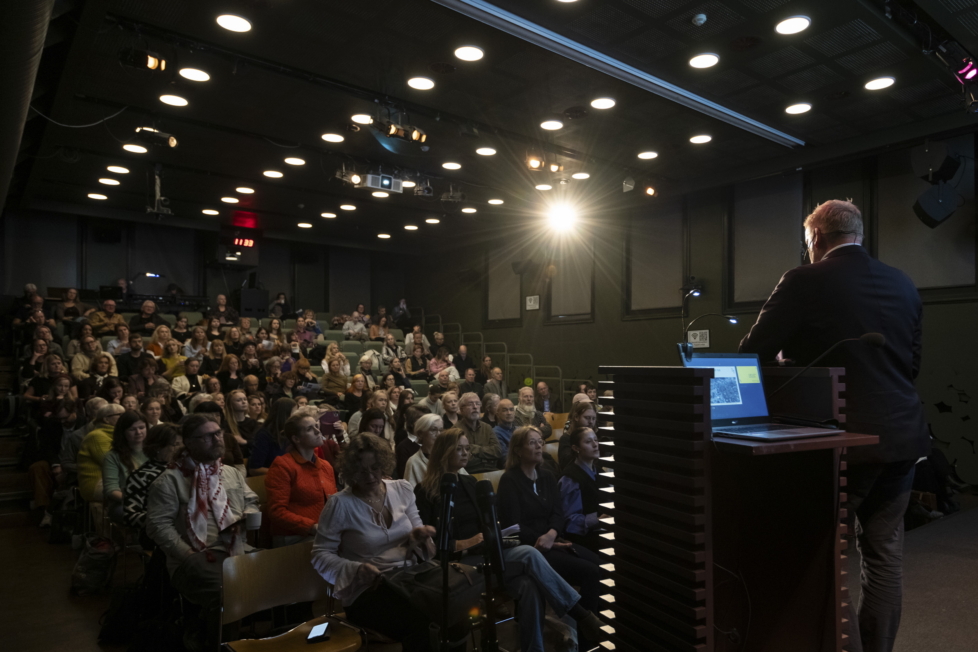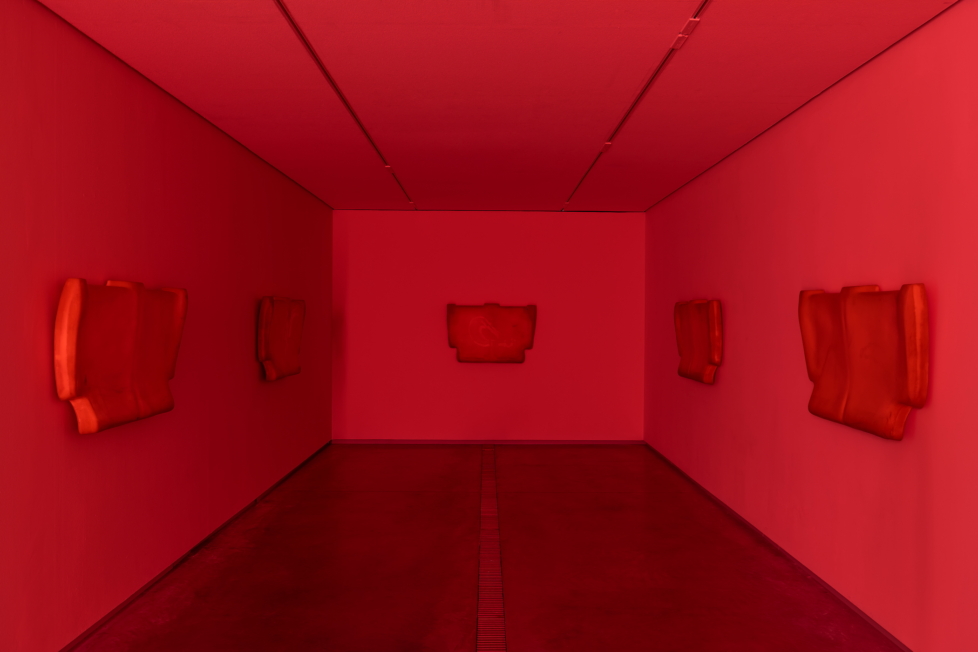
«I meet a being who makes me laugh because he is headless; this fills me with dread because he is made of innocence and crime.» Although these words from Georges Bataille’s «The Sacred Conspiracy» – a text written in 1936, the same year as the Berlin Olympics and the outbreak of the Spanish Civil War – were addressed to readers of Acéphale, a public review and a «ferociously religious» secret society that Bataille himself founded, they could just as well describe Headless, the new mystery novel by the fictional author K.D.
Equal parts meta-, para-, and docu-fiction, Headless is the culmination of a research project initiated in 2007 by the Swedish artist duo Goldin + Senneby into the world of offshore capital. Using a speculative link between Bataille’s clandestine group (whose name was derived from the Greek for headless), and Headless Ltd.– an offshore International Business Company registered in the Bahamas and administered by the group Sovereign Trust – the project staged an inquiry into artistic strategies of displacement and withdrawal. In doing so, Goldin + Senneby, a self-described ‘platform for collaboration’, adopted the methods of the company it was purporting to investigate. Or put differently, the artists went offshore, distantly orchestrating the project and outsourcing their production over the course of several years via an expanded cast of agents that, willingly or not, were prone to becoming characters in the novel, their various activities harvested as fodder for an increasingly labyrinthine plot. Among those willing: curators Kim Einarsson and Övül Durmusoglu; intellectual property lawyer Pia Sarma; and, perhaps most prominently, Dr. Angus Cameron, a spatial theorist whose research focuses on the construction of xenospaces, «fictional but functional spaces of exteriority, ambiguity and indeterminacy.» Less so was an employee working in Sovereign Trust’s Gibraltar office, and who, following a cease and desist letter issued by the company’s lawyers is referred to within the novel as the fictional author K.D.

Given that it’s written in the style of a mass-market mystery novel, Headless’s ability to consume everything in its path is one of its most intriguing aspects. Even the book’s fairly straightforward introduction, Headless Commercial Thriller by Alexander Provan of Triple Canopy (which, along with Tensta Konsthall and Sternberg Press, co-published the book) is gradually absorbed in order to perpetuate the fiction. Crucially, however, this omnivorousness plays out not simply in order to blur the orders of fiction and reality, but rather, to enact certain modes of production and myth-making analogous to those propagated by the world of offshore – and indeed, money in general. From this perspective, the fact that the novel is poorly written only seems to lend it increased plausibility, what Barthes might’ve called its reality-effect. At a certain point one gets the sense that it doesn’t matter whether or not the stories being told are true or fictional (indeed, the distinction is quite fragile to begin with). Rather, of more importance is how one comes to understand the effects that are being created, the realities that they produce.
It follows then that the book in-progress, published serially throughout its development, was perhaps more than the artists themselves, the ‘absent center’ driving the project forward. Hinting at the way that Headless constructed its world is the arc of John Barlow, the novel’s principal ghostwriter. At Goldin + Senneby’s request, Barlow – the author of several books including the John Ray / LS9 crime-thriller series – wrote himself into the novel as one of its main characters. The result is a self-reflexive spiral of intensifying doubt and paranoia, where Barlow becomes increasingly obsessed with the search for the true nature of Headless Ltd., drawing tenuous connections and undermining his putative role as «author». From the novel’s outset, he is tracked and intimidated by the formidable Catherine Banks, a «mixed race, very, very attractive» international fugitive with stifled literary aspirations. In a particularly convoluted move, Barlow starts receiving completed chapters of the novel via email, presumably penned by Banks, who is, he believes, writing him out of the project. Unfortunately, this does little to relieve his delusional obsessions. Nor does it put an end to his interminable questioning as to the secret behind Headless Ltd. It all comes to a head in the last 15 pages, during a Cameron lecture outside a gibbon cage at the London Zoo, which, one comes to discover, was actually delivered in 2010 in conjunction with the Moderna Exhibition in Stockholm. In a YouTube clip documenting the performance, the theorist of xenospace greets the audience: «welcome to the zoo, and welcome to Chapter 12 of the novel Looking for Headless. We’re here today to complete this novel… the chapter has already been written, but our presence here will actually complete [it].»
If, as Cameron suggested during another one of his many appearances as Goldin + Senneby’s ‘emissary’, the genre of the artist’s novel is ontologically distinct from a work of literature, then it’s largely because of this capacity to directly engage the performative dimension of fiction, its myth-making functions and materializations in the world via institutions. In this sense Headless echoes another fairly recent artist’s novel engaging notions of secrecy and privacy, Jill Magid’s Becoming Tarden (2009). In 2005, as part of a percent for art program, Magid was commissioned by the Dutch secret service to produce a work that would «build a positive image of [its] role within society, and provide it with a human face.» Taking on the role of a fictional character, the rogue operative Tarden from Jerzy Kosiński’s 1975 thriller Cockpit, Magid (who, as part of the work, was vetted and obtained a high-level security clearance) conducted a series of interviews with 18 volunteer agents whose identities remained anonymous. Details from the interviews were incorporated in the novel, into which Magid also wrote herself as a character. This account is somewhat speculative, however, due to the fact that, apart from the prologue and epilogue, Becoming Tarden was never published, the manuscript having been seized by the Dutch government on grounds of security.
Magid’s ethical stance aside (or, for that matter, the statement on the Tarden website that «the secret itself is more beautiful than its revelation»), her precarious situation within the work effectively underscores the project’s stakes. By contrast, Goldin + Senneby have remained more or less unexposed, and the treatment of offshore in their project is mostly formal, understood not as specific sets of practices and laws, but as an abstraction. Moreover, as Barlow remarks in the book’s introduction, Goldin + Senneby «weren’t so interested in packaging the investigation as a novel» going on to say that they «were obsessed with… maintaining an allegiance to the process.» One literary agent summed it best: «[it] felt a bit like a mystery invented for the sake of a mystery – a feedback loop with not quite enough at stake.»
Acéphale was convened to put into practice ideas surrounding sovereignty as a logic of expenditure. That is to say, a resistant strategy involving a resurgence of myth, pre-capitalist communal drives, and symbolic forms of exchange such as those found in ritual. Considered in its entirety, Goldin + Senneby’s project suggests that the aforementioned strategies, appropriated and reconfigured within the context of finance capital, are no longer viable. Following the financial crisis of 2008, ideas surrounding the real and the material referent have taken on increased importance as a counter-measure to the virtuality of finance and its expropriation of vast amounts of social wealth. Yet with the exception of groups such as Islamic State, the «passion for the real» – along with its paranoid reading practices, purifying judgments, and critical unmaskings – appears to have, like Bataille and his secret society, become an artifact of our previous century. In its stead, hyperreal performative modellings and ‘additive’ practices that propose actionable alternatives and institutional reforms. Contrary to this, Goldin + Senneby seem to have withdrawn into the mythological role of trickster, the elusive figure capable of inventing, multiplying and intensifying fictions – often in an attempt to transgress them. Perhaps this is the «parody of sovereignty» referred to in the concluding chapters of Headless. Or is this in fact another form of cynicism, what Peter Sloterdijk once referred to as an «enlightened false-consciousness», capable of accounting for one’s own complicity? On this point, Goldin + Senneby’s evasiveness has largely insulated them from critique. At least in terms of the novel, one position seems clear: although it may have an outside, there is no outside capital.



